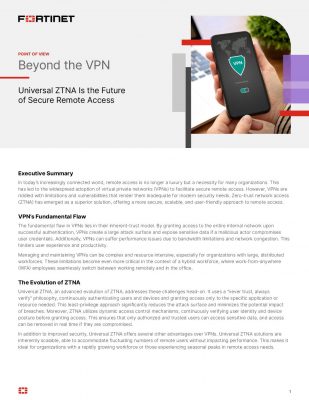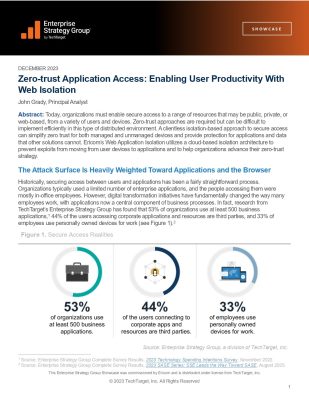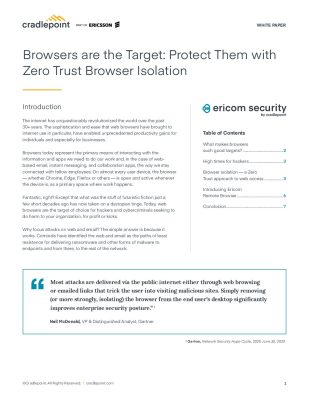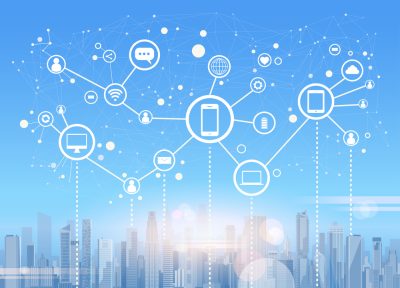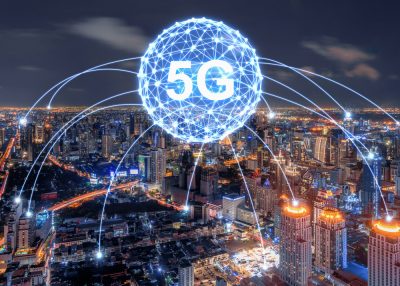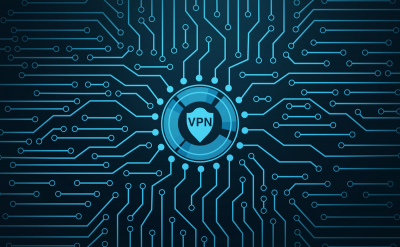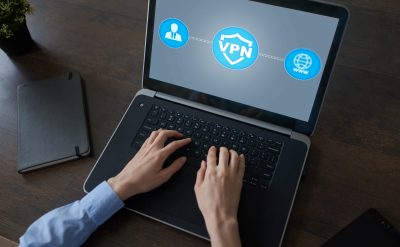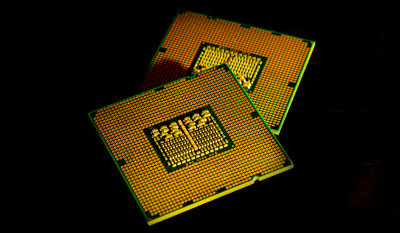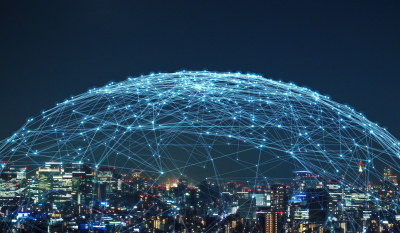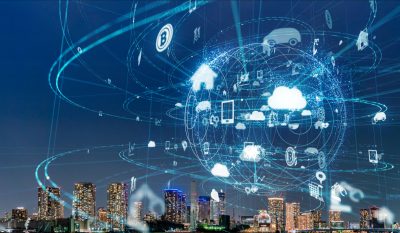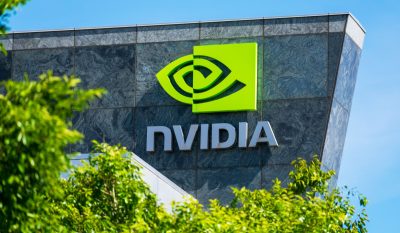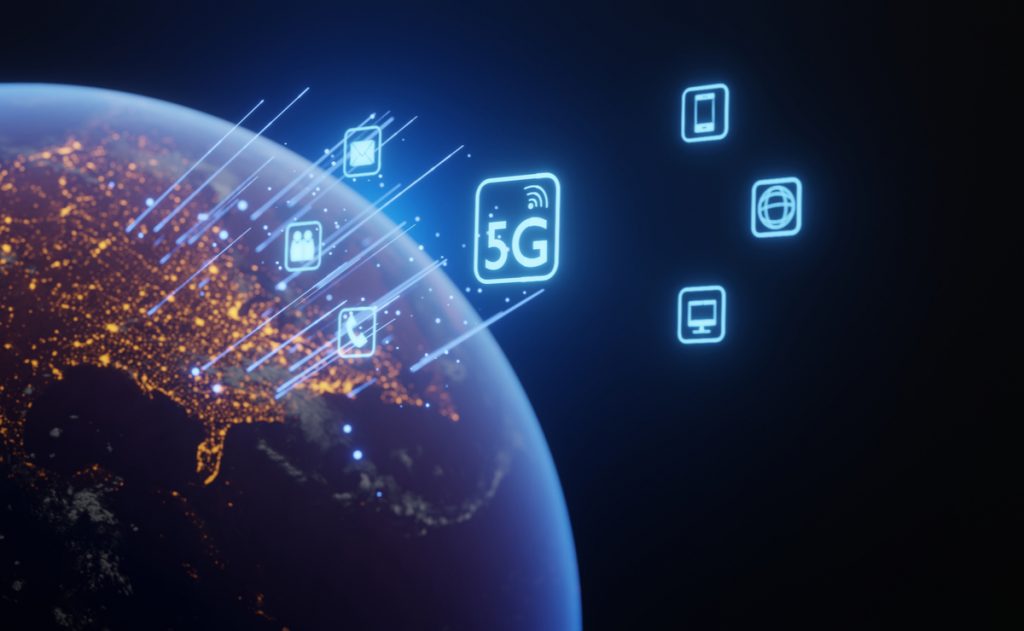Highlight:
- Apple CEO Tim Cook recently mentioned how 5G enables connecting to public Wi-Fi. But who has used public Wi-Fi lately?
Finally, after years and years of hype and excitement, 2020 was expected to be the year of the 5th Generation.
Back in January, Ignacio Contreras, Senior Director of 5G Marketing at Chipmaker Qualcomm, forecasted 2020 without any doubt to be “the year of 5 G expansion and going mainstream.”
Indeed an essential element of the 5G equation mobility works out to be a leading theme of the year. But not exactly the way it was planned to be.
The definition of mobility in 2020 has been redefined. It is more about using a device that can be effortlessly carried from the living room to the bedroom, and vice versa, as both these rooms in the pandemic era serve as the office during different times of the day. Because the basic idea of mobility of being outdoors, working at hotels and coffee shops is now a thing of the past for many.
Honestly, that was the kind of mobility 5G was meant to cater to. Apple CEO Tim Cook mentioned this while announcing four iPhone 12 models, all of which are engineered to support high-speed 5G connectivity.
5G, Tim Cook noted, “helps protect your privacy and security since you won’t need to connect to unknown, unsecured public Wi-Fi hotspots as often.”
It was amazing to witness Mr. Cook give credit to this particular use case for 5G, which happens to be an even bigger USP to sell to security-conscious customers than faster speeds.
Expressed differently, avoiding public Wi-Fi could be 5G’s killer app for businesses. However, the pandemic, where working from home is the new normal, has made the application irrelevant.
On the other hand, when the crisis will fade and life will come back to normal, 5G will have its moment of fame and acceptance.
It just probably won’t be in 2020 as planned.







